
Maya Object of the Month 2006, No. 1 (September)
In 1933 Erwin Dieseldorff published his third volume in the series "Kunst und Religion der Mayavölker." In this lavishly illustrated volume Dieseldorff published objects from his own collection, as well as objects from other (private) collections from both Guatemala and Mexico. The subject of this first Object of the Month served him in this publication as Tafel 7, Abbildung 10 (Plate 7, Figure 10). The private collection of which it was part is simply described as "Privatsammlung in Merida" (private collection in Merida), with no indication to whom the collection actually belonged (the photograph was taken by Prof. R. N. Wegner). Dieseldorff did not mention any other carving or incision on the vessel.
The vessel illustrates the upper torso or bust of a male human being, looking to our left side. As his headdress one can recognize the head of the Water Lily Jaguar (a jaguar head, on top of the head a water lily), as a nasal motif it has two bone-like tubes (Kettunen 2005: Fig. 56). The male individual portrayed has a simple "nose-fin" ornament (compare to Kettunen 2005: Fig. 58; Proskouriakoff 1950: Fig. 20), that runs from his forehead to the tip of his nose. Between his arms he holds a stylized water lily stem that terminates in a blossom on one side and the rhizome on the other. His portrait is placed within a curved element that carries aquatic and water lily related characteristics, one may refer to it as a water lily cartouche (Coe 1973: 120).
In April 1931 the artist M. Louise Baker was in Merida where she was allowed to make watercolor paintings of several exquisite ceramic objects in private collections (Danien 2006). One such collection contained a ceramic bowl of which Baker made a small thumbnail sketch, but also a detailed extension of the hieroglyphic text (Danien 2006: Figure G-7). At that time the vessel belonged to the collection of Oswaldo de Camara, Merida, Yucatan, which was in the possession of his widow, Doña Julia Peon de Camara.
The thumbnail sketch is small, but it contains all the pertinent characteristics of the vessel photographically illustrated by Dieseldorff. Note a human bust inside a curved element, an elongated object strectched towards the upper right. If this is the same vessel, than the vessel illustrated by Dieseldorff probably was in the possession of Doña Julia Peon de Camara.
It would not be strange to expect a hieroglyphic text on the other side of the Dieseldorff vessel. The well-known catalog "The Maya Scribe and His World", edited and written by Michael D. Coe, contains several vessels with an iconographic scene on one side and a diagonal text on the other (Nos. 56-57, 59-61, 63-65). Three of these vessels depict a male human burst within a water lily cartouche (Nos. 59, 60, & 61). However, none of these vessels is the same as the Dieseldorff vessel as pertinent detail in the portraits, Water Lily Headdress, and cartouche is different. If my identification is correct, the M. Louise Baker drawing is at present the only record of the hieroglyphic text belonging to the Dieseldorff vessel.
The hieroglyphic text of the Dieseldorff vessel, as drawn by Baker (turn drawing to the left for correct top to bottom reading order), can be transcribed as:
’u-ja-yi
yu-k’i?-b’i
ta-yu-ta
tzi-li-ka-wa
ke?-KELEM?-ma
sa-ja-la
[KAL]ma[TE’]
Provisional transliteration and translation: ujay yuk’ib’ ta yuta[l] tzi[hi]l [ka]kaw kelem(?) sajal kalomte’ "(it is) the clay cup (bowl), the drink-instrument for food(?) of tzi[hi]l kakaw of Kelem(?) Sajal Kalomte’."
’u-ja-yi
yu-k’i?-b’i
ta-yu-ta
tzi-li-ka-wa
ke?-KELEM?-ma
sa-ja-la
[KAL]ma[TE’]
Provisional transliteration and translation: ujay yuk’ib’ ta yuta[l] tzi[hi]l [ka]kaw kelem(?) sajal kalomte’ "(it is) the clay cup (bowl), the drink-instrument for food(?) of tzi[hi]l kakaw of Kelem(?) Sajal Kalomte’."
Four of the vessels and hieroglyphic texts illustrated by Coe are very close to this particular text. The hieroglyphic text on Coe 1973: No. 59 can be transcribed as:
’u-ja-yi
yu-k’i?-b’i
ta-yu-ta
tzi-li-ka-wa
SAK?-?-ma
sa-ja-la
b’a-ka-KAB’
Provisional transliteration and translation: ujay yuk’ib’ ta yuta[l] tzi[hi]l [ka]kaw kelem(?) sajal b’a[h]kab’ "(it is) the clay cup (bowl), the drink-instrument for food(?) of tzihil kakaw of Kelem(?) Sajal B’ahkab’."
’u-ja-yi
yu-k’i?-b’i
ta-yu-ta
tzi-li-ka-wa
SAK?-?-ma
sa-ja-la
b’a-ka-KAB’
Provisional transliteration and translation: ujay yuk’ib’ ta yuta[l] tzi[hi]l [ka]kaw kelem(?) sajal b’a[h]kab’ "(it is) the clay cup (bowl), the drink-instrument for food(?) of tzihil kakaw of Kelem(?) Sajal B’ahkab’."
The hieroglyphic text on Coe 1973: No. 60 can be transcribed as:
yu-k’i?-b’i
ti-tzi-hi
li
ka-wa
ke?-KELEM?-ma
sa-ja-la
’u-yu-la
Provisional transliteration and translation: yuk’ib’ ti tzihil [ka]kaw kelem(?) sajal u-yul "(it is) the drink-instrument for tzihil kakaw of Kelem(?) Sajal, (it is) his work."
yu-k’i?-b’i
ti-tzi-hi
li
ka-wa
ke?-KELEM?-ma
sa-ja-la
’u-yu-la
Provisional transliteration and translation: yuk’ib’ ti tzihil [ka]kaw kelem(?) sajal u-yul "(it is) the drink-instrument for tzihil kakaw of Kelem(?) Sajal, (it is) his work."
The hieroglyphic text on Coe 1973: No. 63 (Kerr No. 4467) can be transcribed as:
yu-k’i?-b’i
ta-tzi-hi
ka-wa
ke?-KELEM?-ma
sa-ja-la
’u-yu-lu-li
Provisional transliteration and translation: yuk’ib’ ta tzihi[l] [ka]kaw kelem(?) sajal u-yulul[il] "(it is) the drink-instrument for tzihil kakaw of Kelem(?) Sajal, (it is) his work."
yu-k’i?-b’i
ta-tzi-hi
ka-wa
ke?-KELEM?-ma
sa-ja-la
’u-yu-lu-li
Provisional transliteration and translation: yuk’ib’ ta tzihi[l] [ka]kaw kelem(?) sajal u-yulul[il] "(it is) the drink-instrument for tzihil kakaw of Kelem(?) Sajal, (it is) his work."
The hieroglyphic text on Coe 1973: No. 64 can be transcribed as:
’u-ja-yi
yu-k’i?-b’i
ti-tzi-hi
CHAK-ch’o-ko
ke?-KELEM?-ma
sa-ja-la
Provisional transliteration and translation: ujay yuk’ib’ ti tzihi[l] chakch’ok kelem(?) sajal "(it is) the clay cup (bowl), the drink-instrument for tzihi[l kakaw] of Chakch’ok Kelem(?) Sajal."
’u-ja-yi
yu-k’i?-b’i
ti-tzi-hi
CHAK-ch’o-ko
ke?-KELEM?-ma
sa-ja-la
Provisional transliteration and translation: ujay yuk’ib’ ti tzihi[l] chakch’ok kelem(?) sajal "(it is) the clay cup (bowl), the drink-instrument for tzihi[l kakaw] of Chakch’ok Kelem(?) Sajal."
Related to this group of vessels is Kerr No. 7146, which depicts a conch blowing dwarf positioned streched out over a large water lily pad, placed above the skeletized seed from which emerges the roots and blossom of the water lily.
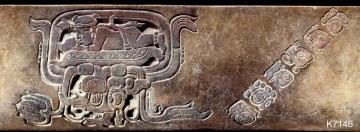
The diagonal text can be transcribed:
yu-k’i?-b’i
ta-tzi-hi
ka-wa
sa-ja-la
’u-yu-lu-li
b’a-ka-KAB’
Provisional transliteration and translation: yuk’ib’ ti tzihi[l] [ka]kaw sajal u-yulul[il] b’a[h[kab’ "(it is) the drink-instrument for tzihi[l] kakaw of Sajal, (it is) the work of B’ahkab’."
yu-k’i?-b’i
ta-tzi-hi
ka-wa
sa-ja-la
’u-yu-lu-li
b’a-ka-KAB’
Provisional transliteration and translation: yuk’ib’ ti tzihi[l] [ka]kaw sajal u-yulul[il] b’a[h[kab’ "(it is) the drink-instrument for tzihi[l] kakaw of Sajal, (it is) the work of B’ahkab’."
Including the Dieseldorff vessel, there are thus four vessels that depict a similar male human bust within a water lily cartouche. The dedicatory texts on these vessels provide a reference to the vessel type (jay "clay cup [bowl]") and its function (uk’ib’ "drink-instrument"), the contents (ta yuta[l] tzi[hi]l [ka]kaw, ti tzihil [ka]kaw, etc.), and a title phrase Kelem(?) Sajal Kalomte’, Kelem(?) Sajal B’ahkab’, Kelem(?) Sajal, and Chakch’ok Kelem(?) Sajal. Provisionally these titles can be translated or paraphrased as: kelem "strong one; youth", sajal "tribute collector(?)" (Boot 2005: 385-386), kalomte’ "?", b’ahkab’ "First/Head/Top of the World", and chakch’ok "great next-in-line." Perhaps no personal name was recorded as the bust on one side and the titular phrases on the other were clear indicators of the identity of the possible owner of the vessel(s). The phrases Kelem(?) Sajal Kalomte’ (Dieseldorff Vessel) and Kelem(?) Sajal B’ahkab’ (Coe 1973: No. 59) now need to be explained. There are no other examples known of a Sajal who carries a title Kalomte’ or B’ahkab’. Probably these are abbreviated phrases comparable to Sajal uyulul[il] B’ahkab’ (Kerr No. 7146): the part uyulul[il] "(it is) the work of ..." was not written. A similar abbreviation also takes place in the vessel contents, as kakaw can be left out. If correctly deduced, the Sajal(s) mentioned on these vessels thus was (were) never a Kalomte’ or B’a[h]kab’. Supreme titles like these were only taken by the most paramount lords in both the southern and the northern Maya lowlands.
The Dieseldorff vessel may one day surface, either in Merida or in some private or public collection inside or outside of Mexico. I do have two photographs of this vessel in my archive (with no indication were the photograhs were taken), but only from the portrait side (and of less quality than the Diesseldorff image). When surfaced, my suggestion that the Dieseldorff vessel image and the Baker drawing provide images of two sides of the same vessel may be verified or falsified. Unfortunately, many ceramics that were in local Yucatecan collections may have migrated to private collections outside of Yucatan and Mexico. The reason for this process was the passing of a law by the state in the early 1930’s through which privately owned archaeological and manuscript collections were confiscated and would be transfered to the newly established Museo del Estado de Yucatan in Merida (since 1980 known as Museo Regional de Arqueología e Historia de Yucatán and based at the Palacio Cantón, Paseo de Montejo y Calle 43 [Centro], in Mérida). Instead of all privately owned archaeological objects being transfered to the museum, many collections went into hiding, and some of the objects (including manuscripts) in these collections moved to new owners inside and outside of Mexico. The passing of the above mentioned law and the fact that collections went into hiding probably prompted Dieseldorff to refer to the collection in Merida to which the vessel belonged simply as "privatsammlung", private collection, without the addition of a name.
References
Coe, Michael D.
1973 The Maya Scribe and His World. New York: The Grolier Club.
Danien, Elin C.
2006 Paintings of Maya Pottery: The Art and Career of M. Louise Baker. FAMSI report.
Dieseldorff, Erwin
1933 Kunst und Religion der Mayavölker 3. Hamburg: L. Friederichsen.
Kettunen, Harri
2005 Nasal Motifs in Maya Iconography. Helsinki: Helsinki University.
Proskouriakoff, Tatiana
1950 A Study of Classic Maya Sculpture. CIW Publication 593. Washington: CIW.
Coe, Michael D.
1973 The Maya Scribe and His World. New York: The Grolier Club.
Danien, Elin C.
2006 Paintings of Maya Pottery: The Art and Career of M. Louise Baker. FAMSI report.
Dieseldorff, Erwin
1933 Kunst und Religion der Mayavölker 3. Hamburg: L. Friederichsen.
Kettunen, Harri
2005 Nasal Motifs in Maya Iconography. Helsinki: Helsinki University.
Proskouriakoff, Tatiana
1950 A Study of Classic Maya Sculpture. CIW Publication 593. Washington: CIW.



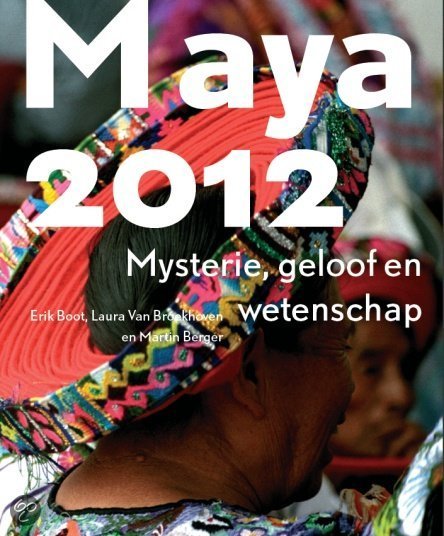



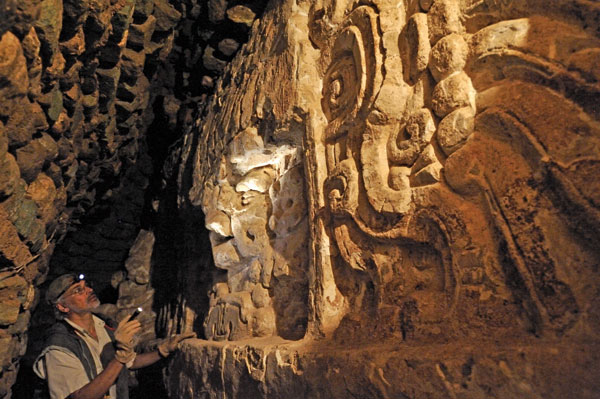
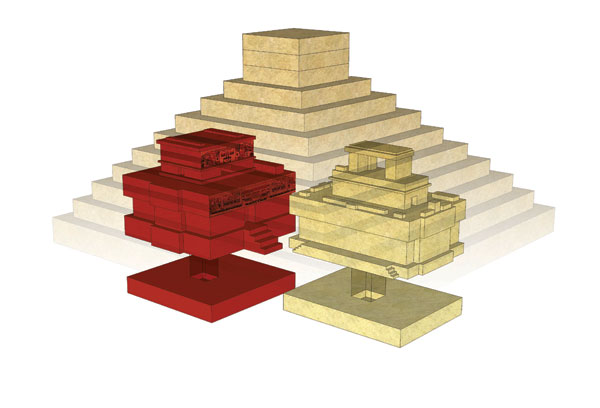
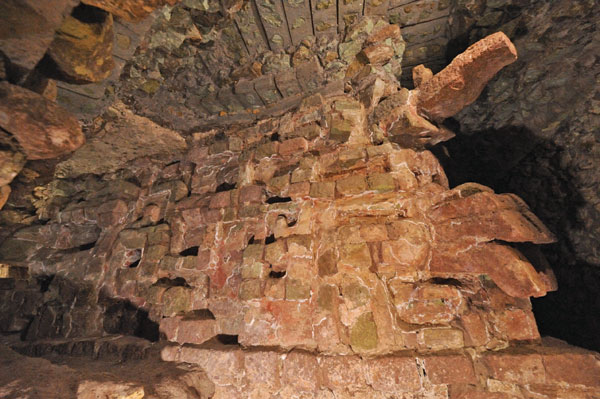





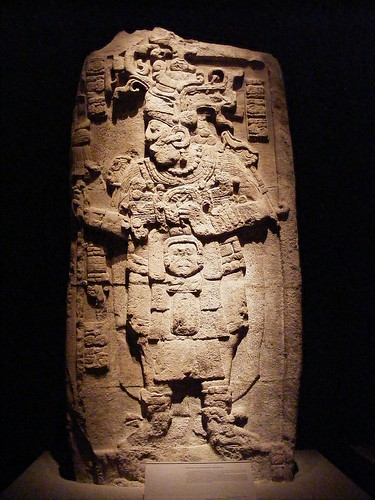


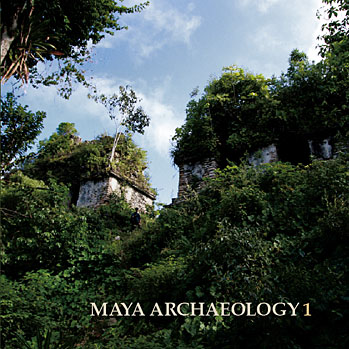









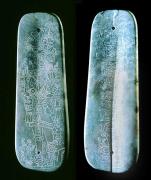
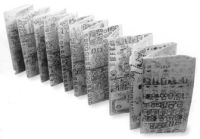

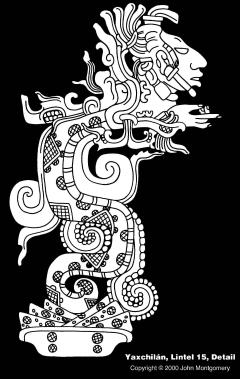

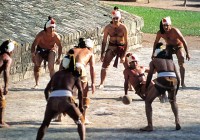


0 Comments:
Post a Comment
<< Home